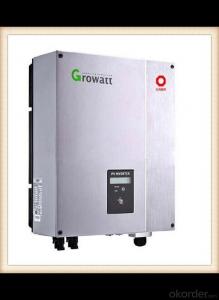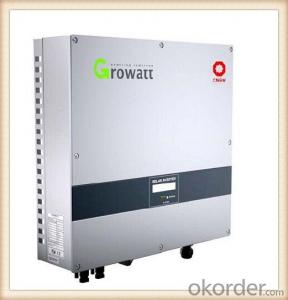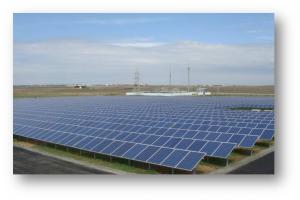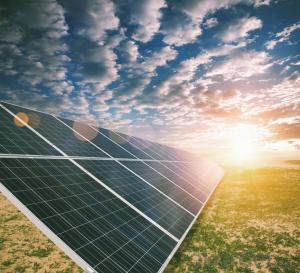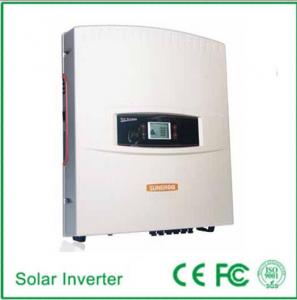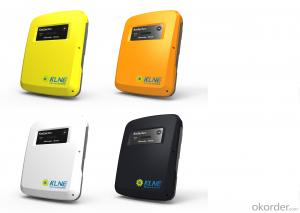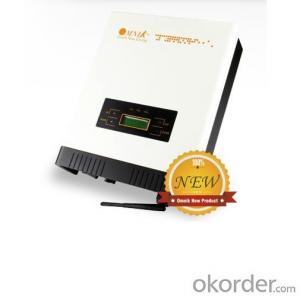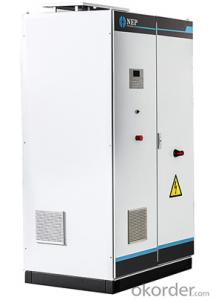Grid Tie Solar Inverter
Grid Tie Solar Inverter Related Searches
Best Solar Inverter For Home Home Power Inverter For Solar Best Inverter For Solar Pv Best Inverter For Solar Mini Solar Inverter For Home Solar Panel Inverter For Rv Inverter For 5kw Solar System Inverter For Solar Power Plant Inverter For Home Solar Solar Power Inverter For RvHot Searches
Inverter Size For Solar System Bike Gps System Price In India Inverter Solar System Price Ceiling Fan Lowest Price Aluminum Channel Stock Sizes Aluminium Wire Mesh Manufacturers India Ceiling Fan Lowest Price Aluminium Scaffold Planks Sale Aluminium Walkway Mesh PricesGrid Tie Solar Inverter Supplier & Manufacturer from China
Okorder.com is a professional Grid Tie Solar Inverter supplier & manufacturer, offers integrated one-stop services including real-time quoting and online cargo tracking. We are funded by CNBM Group, a Fortune 500 enterprise and the largest Grid Tie Solar Inverter firm in China.Hot Products
FAQ
- Yes, a solar inverter can be used in regions with high levels of lightning activity. However, it is important to ensure that the solar inverter is properly installed and equipped with surge protection devices to mitigate the risks associated with lightning strikes. Additionally, regular maintenance and inspections should be carried out to ensure the safety and functionality of the solar inverter in such regions.
- A solar inverter handles voltage harmonics by using filters and control algorithms to reduce or eliminate the distortion caused by harmonics in the power generated by the solar panels. These filters and algorithms help to ensure that the electricity produced by the solar panels is of high quality and compliant with the desired voltage standards.
- The role of an MPPT (Maximum Power Point Tracking) inverter is to optimize the efficiency of a solar power system by dynamically adjusting the voltage and current levels to maximize the power output from the solar panels. It constantly tracks and adjusts the operating point of the solar panels to ensure they are operating at their maximum power point, resulting in increased energy production and improved overall system performance.
- Yes, there are noise considerations with a solar inverter. While solar inverters typically produce low levels of noise, it is important to ensure that the inverter is placed in a well-ventilated area to avoid any potential fan or cooling system noise. Additionally, some older models of inverters may produce a slight humming sound during operation, although newer models have significantly reduced this noise.
- A solar inverter handles voltage regulation during high demand by adjusting the power output from the solar panels to match the required load. It constantly monitors the voltage and current levels and adjusts its operation accordingly to ensure a stable and regulated output voltage. This is achieved through various control mechanisms, such as maximum power point tracking and voltage regulation algorithms, allowing the inverter to efficiently manage and distribute power during periods of high demand.
- The role of a communication interface in a solar inverter is to facilitate the exchange of information and data between the inverter and other devices or systems. It allows for monitoring, control, and communication with the solar inverter, enabling real-time performance monitoring, remote management, and integration with other renewable energy systems or smart grid networks.
- A solar inverter is connected to the solar panels through a direct electrical connection. The DC (direct current) electricity generated by the solar panels is fed into the inverter, which then converts it into AC (alternating current) electricity suitable for use in homes and businesses.
- The role of power factor correction in a solar inverter is to improve the efficiency and performance of the inverter by correcting and optimizing the power factor of the electrical system. By adjusting the phase relationship between voltage and current, power factor correction ensures that the inverter draws and supplies power more effectively, reducing energy losses, improving power quality, and minimizing harmonics in the system. This helps to maximize the overall power output and reliability of the solar inverter, leading to better energy conversion and utilization.











